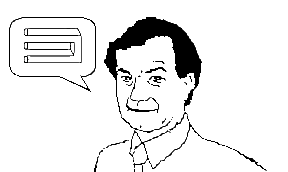

Their findings so far, though tentative, could disrupt our understanding of consciousness – not to mention our attitudes towards plants. Their proposal has three parts: The Gdel Part, The Gravity Part, and the Microtubule Part.

If plants can be “put to sleep”, does this mean they exist in a state of awareness that is shut off by anaesthetics? Might we consider this state to be a kind of sentience, a subjective internal experience? If so, do plants have some form of consciousness? These are controversial ideas, but Calvo and a small group of plant behaviour researchers take them seriously. Perhaps the most ambitious attempt to create a quantum theory of consciousness is the one of Roger Penrose and Stuart Hameroff. It never fails to surprise onlookers, prompting them to ask the very questions he himself is trying to answer. In the mid-1990s Hameroff teamed with British physicist Sir Roger Penrose to develop the controversial theory of consciousness called orchestrated objective reduction Orch OR theory in which consciousness derives from quantum computations in microtubules inside brain neurons, quantum computations connected to the fine- scale. Paco Calvo at the University of Murcia in Spain has done this trick several times in front of audiences. These effects aren’t confined to Mimosa pudica – all plants are probably susceptible to anaesthesia, it is just that the effects are more dramatic in fast movers like Mimosa plants and Venus flytraps. What’s more, if you attach electrodes to the surface of the leaves at the same time, you will see that the waves of electrical activity that usually spread through the plant’s tissues are suppressed. Lidocaine, a local anaesthetic favoured by dentists, is also effective when applied at the roots. Diethyl ether, an old-school general anaesthetic, works well. Fewer know that if you put one into a sealed chamber with a dose of anaesthetic, it will eventually stop doing this, as though it has been knocked out or put to sleep. Quantum computers process ‘superpositions’ of possibilities (quantum bits or ‘qubits’) which unify by entanglement, evolve and compute, until reduction, or ‘collapse’ to definite output. MANY people have seen the way a Mimosa pudica plant, also called the touch-me-not, folds its leaves when they are touched. The ‘Orch OR’ theory (Hameroff & Penrose, 1996a, 2014) attributes consciousness to quantum computations in microtubules inside brain neurons.


 0 kommentar(er)
0 kommentar(er)
